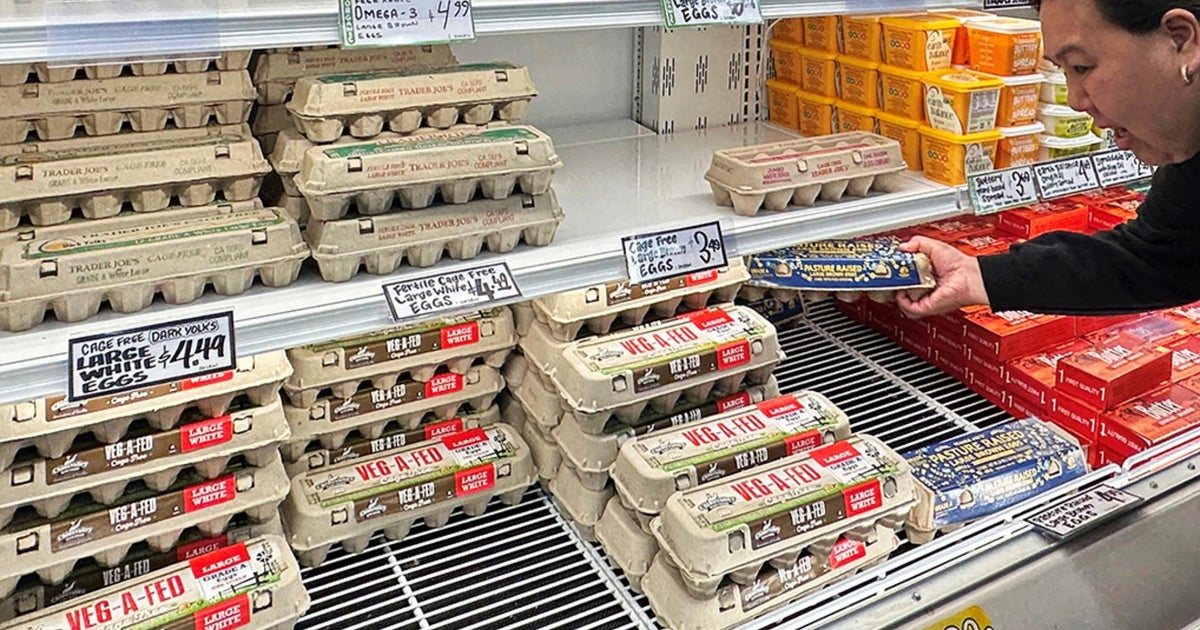Hiring in the U.S. slowed in June, raising hopes for interest rate cuts
The U.S. jobs market cooled in June but remains solid, raising the odds that the Federal Reserve will be able to curtail inflation without pushing the economy into a downward spiral.
Nonfarm payrolls rose by 206,000 jobs last month, in line with analyst forecasts, and unemployment edged up to a still-low 4.1% from 3.4% in early 2023 — its lowest in decades, according to the Labor Department's Bureau of Labor Statistics data.
Numbers for the prior two months were downwardly revised, with May now showing 218,000 additional jobs instead of the previously reported 272,000 increase. April's count was also revised lower, to 108,000 from 165,000.
Average hourly earnings were 3.9% higher in June from a year earlier, the smallest increase since 2021.
The labor force participation rate edged higher, indicating more people are entering the labor market.
A modest slowdown in hiring and wage growth should increase the Fed's confidence that inflation is trending closer to its 2% annual target, opening the door for policymakers to trim borrowing costs for consumers and businesses, currently at levels not seen in more than two decades.
When will the Fed lower interest rates?
"Federal Reserve officials have become increasingly focused on the downside risks to the labor market, and the June data bolster our forecast for the Fed to cut rates in September and at every other meeting thereafter," Nancy Vanden Houten, lead U.S. economist at Oxford Economics, said.
Economic growth has slowed sharply in response to the Fed pushing up its benchmark interest rate to the highest level since 2001. Gross domestic product — the total value of goods and services produced in the U.S. — fell to an annual rate of 1.6% in the first three months of the year, down from 3.4% in the fourth quarter of 2023. S&P Global Market Intelligence pegs GDP for the April through June period at 2.1%.
Wages continue to outpace the rate of inflation, with the Consumer Price Index holding steady in May, up 3.3% from a year ago, the government reported.
"CPI was flat month over month and is not a compelling argument to lower rates," offered Eric Roberts, U.S. CEO and executive director at asset manager Fiera Capital. "In fact, sticky inflation coupled with healthy data skepticism by the Fed increases the likelihood of a cut being pushed past the election in November, which avoids the hot water the Fed will be sure to sidestep."
June inflation data is scheduled for release next week.
"Because the U.S. economy is strong and the labor market is strong, we have the ability to take our time and get this right," Fed Chair Jerome Powell told a conference in Portugal earlier in the week.
Treasury yields dropped and stock futures climbed after the data, suggesting traders believe the central bank will have to cut rates sooner instead of later.
The Fed has held its overnight interest rate — or what banks charge each other for short-term loans — in the 5.25% to 5.50% range since July of 2023.



